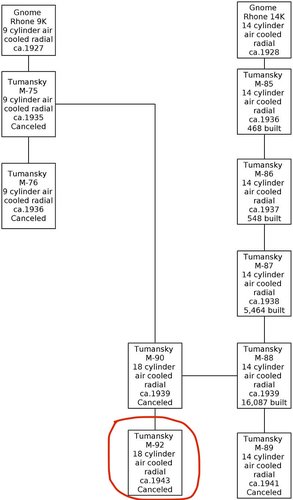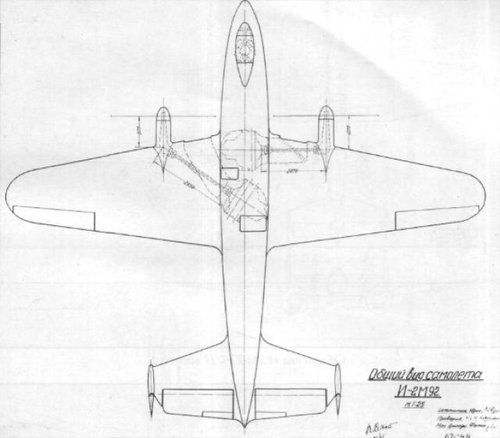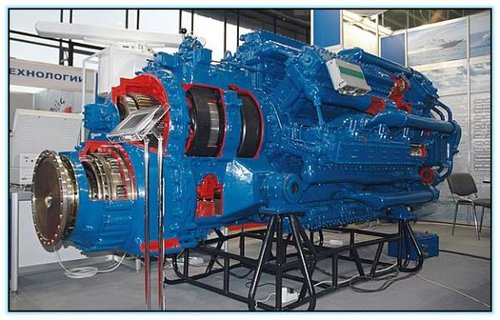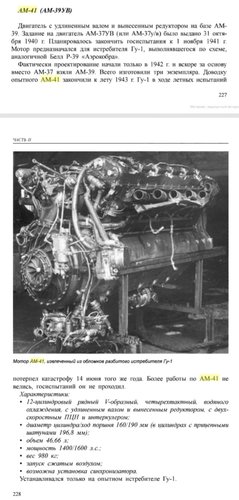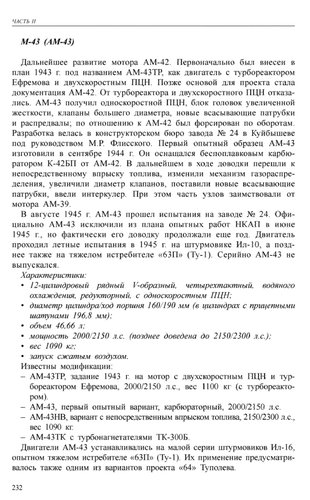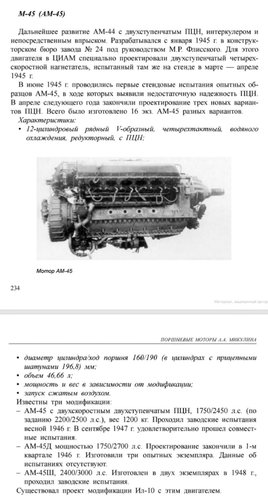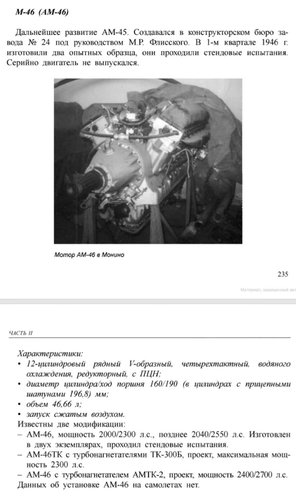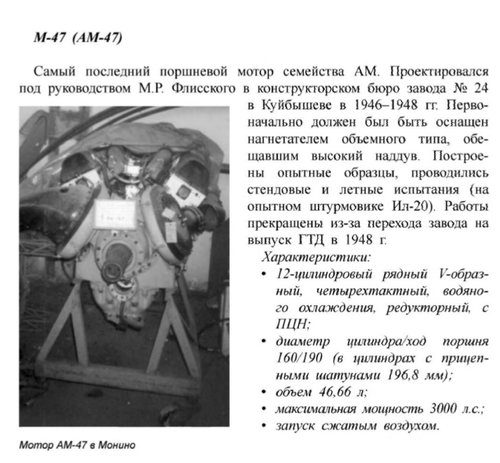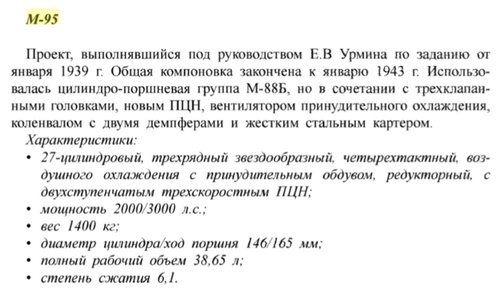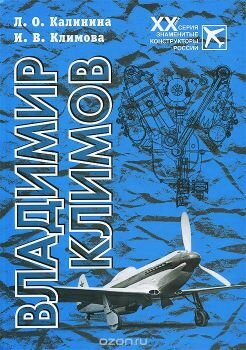Vasily41
ACCESS: Confidential
- Joined
- 5 August 2019
- Messages
- 90
- Reaction score
- 111
Is there any more information or specifications about the engines described below?
- Shvetsov M-72 - Radial engine developed from the M-71.
- Tumansky M-92 - Nothing found other than a few things on Wikipedia's Shvetsov engine tree. Sukhoi's fighter with two M-92 engines would have had these radials.
- Shvetsov M-93 - Found nothing except for the designation. This was also a radial.
- Mikulin AM-41 - Gudkov wanted this inline engine to be mounted on his Gu-1 heavy fighter. I found nothing else.
- Mikulin AM-43 inline - The only variant that can be found regarding this inline design is the AM-43NV. Tony Buttler mentions in Soviet Secret Projects Bombers Since 1945 that the AM-43NV's power output was "2,460." Wikipedia has a "nonexistent page" about the AM-43.
- Mikulin AM-45 - An inline engine that was suggested to be on various projects like Tupolev's 'Aircraft 64' and possibly the Il-14 high speed bomber.
- Mikulin AM-46 - ?
- Mikulin AM-47 - ?
- Tumansky M-95 - I don't even remember how I found it or what source. The source stated that this radial had a power output of 3,300 hp, but I'm not too sure about that.
- Yakovlev M-501 - Diesel engine that was proposed on the Ilyushin Il-26 heavy bomber. Tony Buttler states in Soviet Secret Projects Bombers Since 1945 on page 14, "....6,000 hp (4,494 kW) Yakovlev M-501 diesels...."
- Klimov VK-109 - Wikipedia states that it was a development of the VK-108 and was to be used on Myasishchev's VB-109 high-altitude bomber. Don't know what the power output was.
- Klimov VK-110 (M-110) - Nothing except for the two designations on Wikipedia. Could have been a hypothetical inline automatically assumed by Wikipedia.
- Klimov VK-150 - Ridiculous. Don't think this was even a design. But I could be wrong....
Attachments
Last edited:


